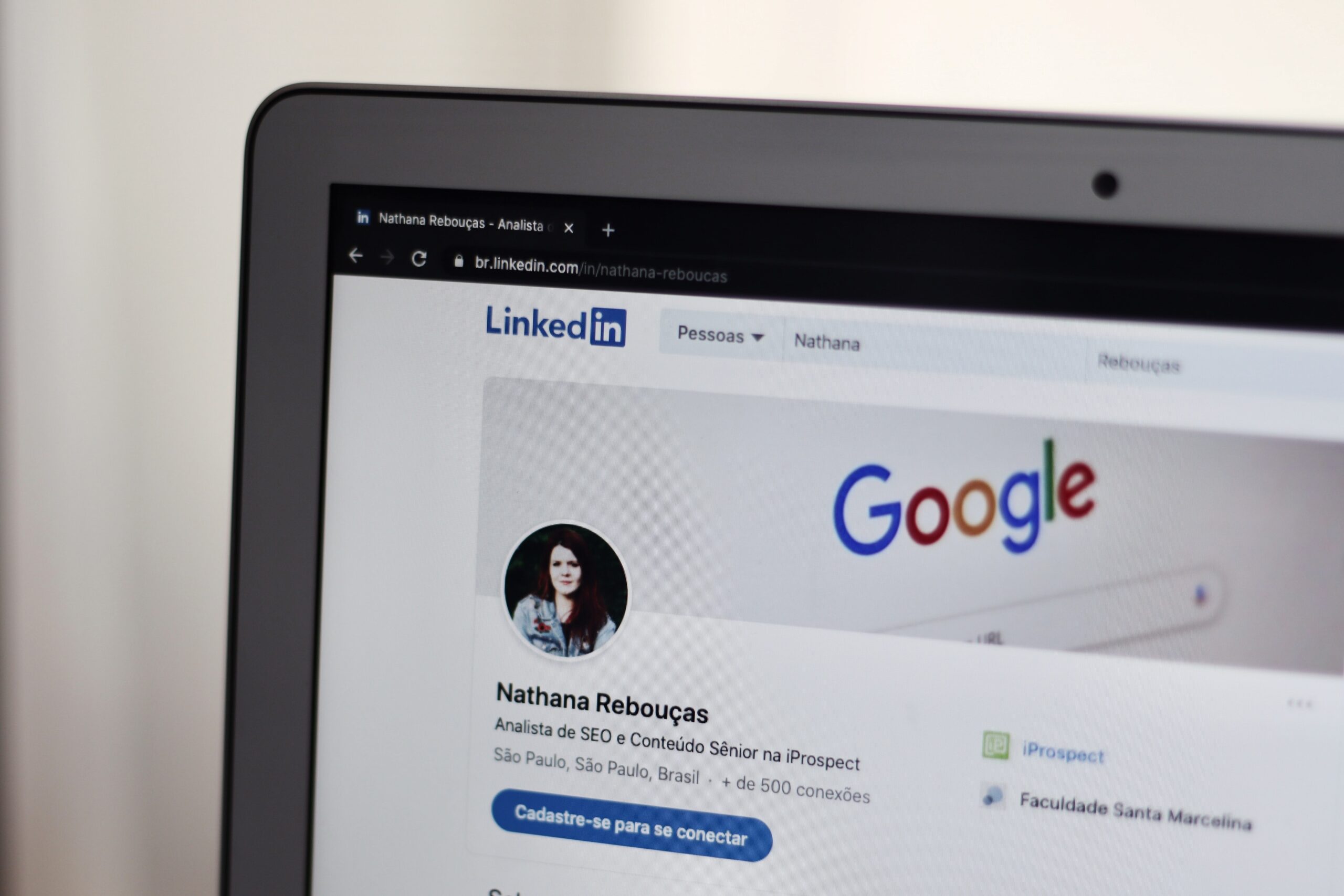LinkedIn is a powerful platform for B2B marketing, and influencers can play an important role in helping brands reach their target audience and build credibility within their industry. Here are some ways that marketers can use influencers on LinkedIn:
- Thought leadership: LinkedIn influencers who are experts in a particular field can help a brand establish itself as a thought leader in that industry. By partnering with influencers to create and share content that provides valuable insights and expertise, brands can position themselves as knowledgeable and authoritative.
- Brand advocacy: Influencers on LinkedIn can help promote a brand’s products or services to their own network of followers, providing valuable exposure and social proof. By partnering with influencers to create content that showcases a brand’s offerings, marketers can reach new audiences and build trust and credibility with potential customers.
- Employee advocacy: LinkedIn influencers can also play a role in employee advocacy, helping to amplify a brand’s messaging to the influencers’ own network of followers. This can be particularly effective in industries where employees are seen as trusted sources of information and expertise.
- Event promotion: LinkedIn influencers can help promote a brand’s events, webinars, and other marketing initiatives to their own network of followers. By partnering with influencers to create and share content about these events, marketers can increase attendance and engagement.
- Recruitment: Finally, LinkedIn influencers can help with recruitment efforts by promoting a brand’s job openings to their own network of followers. This can be particularly effective in industries where talent is in high demand and competition for top candidates is fierce.
- Content creation: Influencers can create and share content on behalf of a brand, helping to reach new audiences and drive engagement. This can include blog posts, videos, webinars, and other types of content that align with the brand’s messaging and goals.
- Product reviews: LinkedIn influencers can provide reviews and endorsements for a brand’s products or services, helping to build trust and credibility with potential customers. This can be particularly effective for B2B products or services that require a high degree of expertise or knowledge.
- Social media takeovers: Influencers can take over a brand’s social media accounts for a day or week, providing their own unique perspective and engaging with the brand’s followers. This can help to build excitement and drive engagement, while also providing valuable exposure for the brand.
- Influencer events: Brands can invite influencers to participate in events or webinars, providing their own insights and expertise. This can help to build relationships with influencers and provide valuable exposure for the brand.
- Influencer partnerships: Finally, brands can form long-term partnerships with LinkedIn influencers, collaborating on multiple campaigns over time. This can help to build a strong relationship with the influencer and provide ongoing exposure and engagement for the brand.
Overall, LinkedIn influencers can be a valuable asset for B2B marketers, helping to drive engagement, build credibility, and reach new audiences. By identifying the right influencers and developing a strategy that aligns with the brand’s goals, marketers can leverage the power of influencers to drive business growth.
When working with influencers on LinkedIn, it’s important for marketers to remember that the platform has a unique culture and audience compared to other social media platforms. Here are some tips for working with influencers on LinkedIn:
- Identify the right influencers: When selecting influencers to work with on LinkedIn, it’s important to consider their expertise, experience, and audience. Look for influencers who have a strong following within your industry or niche, and who are respected as thought leaders or experts.
- Collaborate on content: When working with influencers on LinkedIn, it’s important to collaborate on content that aligns with the brand’s messaging and goals. This can include articles, videos, webinars, and other types of content that provide valuable insights and expertise to the influencer’s audience.
- Provide value: To build a strong relationship with influencers on LinkedIn, it’s important to provide value and support. This can include promoting the influencer’s content to your own network of followers, sharing insights and expertise, and providing access to exclusive resources or events.
- Measure success: Like any marketing campaign, it’s important to measure the success of influencer partnerships on LinkedIn. Use analytics tools to track engagement, reach, and conversions, and use this data to refine your strategy over time.
- Build a community: Finally, consider building a community of influencers on LinkedIn, where thought leaders and experts can connect with each other and share insights and expertise. This can help to build relationships, foster collaboration, and provide valuable exposure for brands within the industry.
Overall, working with influencers on LinkedIn requires a thoughtful and strategic approach, focused on building relationships, providing value, and measuring success. By following these best practices, marketers can leverage the power of influencers to drive engagement, build credibility, and reach new audiences.

